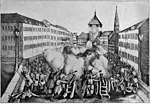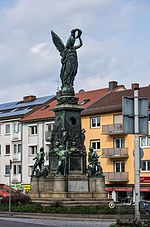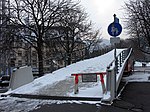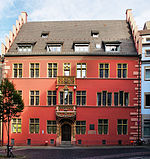Neuburg (Freiburg im Breisgau)
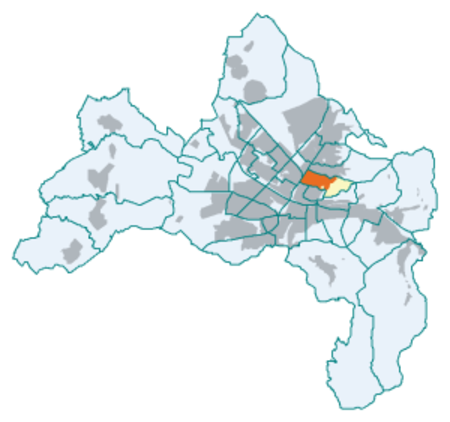
Neuburg is a quarter of the German city Freiburg im Breisgau. The district is located directly north of the old town with its numerous sights and includes the Schlossberg which is situated east of the city's historic center. Neuburg adjoins the district Oberau on wooded Schlossberg, as well as it adjoins Herdern in the north. On its western side, the district is cut off from Stühlinger by the tracks of the Rheintalbahn running from Mannheim to Basel. The district's name Neuburg is rarely used by Freiburg's inhabitants since Neuburg is split into two-halves by the major street Habsburger Street. The area east of Habsburger Street is commonly viewed as part of the district Herdern, whereas the area west of it is said to be part of the Institutsviertel (engl. institute district), which comprises the local University's Natural sciences department.
Excerpt from the Wikipedia article Neuburg (Freiburg im Breisgau) (License: CC BY-SA 3.0, Authors, Images).Neuburg (Freiburg im Breisgau)
Hermann-Herder-Straße, Freiburg im Breisgau Neuburg
Geographical coordinates (GPS) Address Nearby Places Show on map
Geographical coordinates (GPS)
| Latitude | Longitude |
|---|---|
| N 48.0025 ° | E 7.8530555555556 ° |
Address
Hermann-Herder-Straße
79104 Freiburg im Breisgau, Neuburg
Baden-Württemberg, Germany
Open on Google Maps


